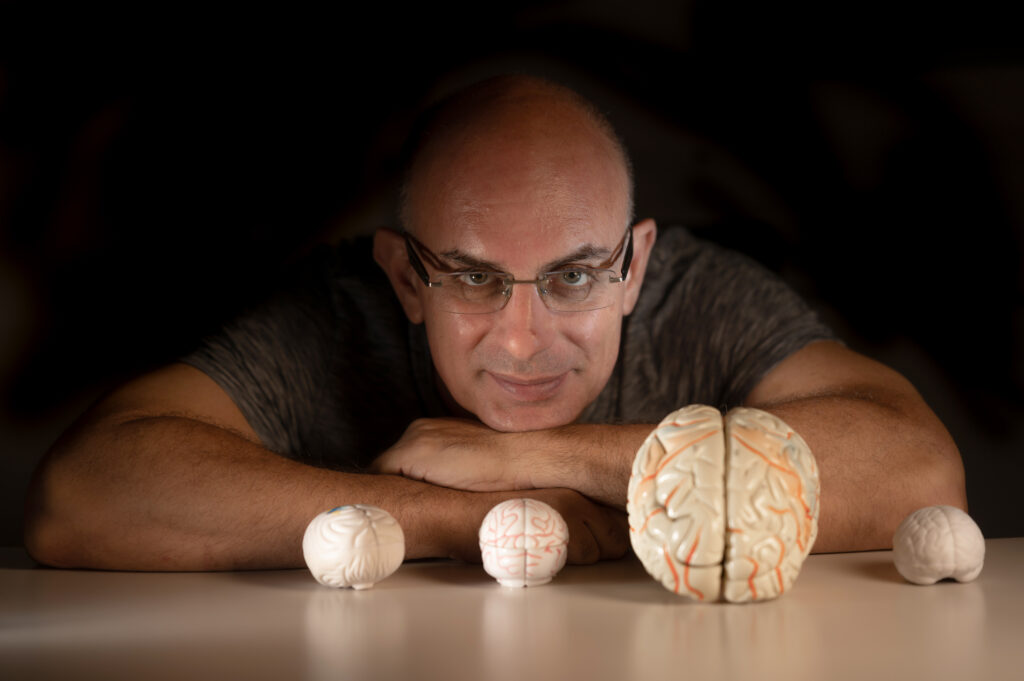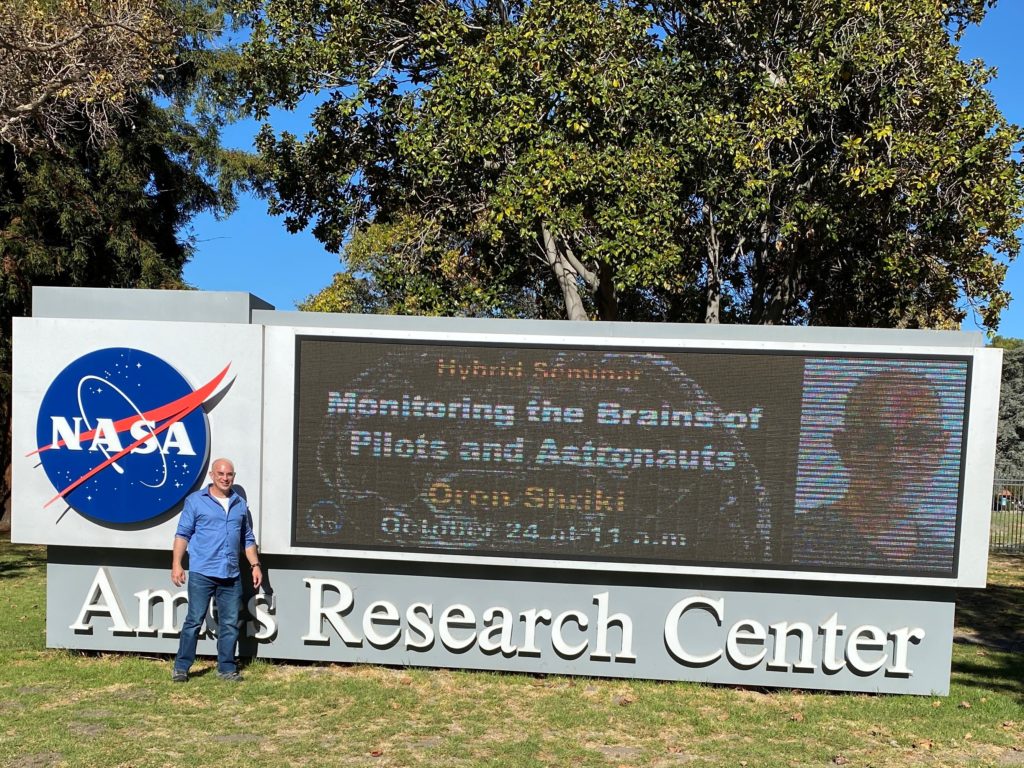
BGU Study Reveals New Way to Diagnose Neurological Conditions
BGU Study Reveals New Way to Diagnose Neurological Conditions
March 5, 2021
Israel21C — Using algorithms to analyze electroencephalogram (EEG) patterns could rapidly diagnose brain blood vessel pathology indicating the potential for Alzheimer’s disease, epilepsy, traumatic brain injury and stroke.

Prof. Alon Friedman
The new method from Dr. Dan Milikovsky and Prof. Alon Friedman at the Zlotowski Center for Neuroscience at BGU is based on Friedman’s discovery that patients with these brain conditions display non-convulsive epileptic seizure-like activity that can be detected by EEG recordings.
The study was published in Science Translational Medicine by a team of authors including researchers from academic institutions and medical centers in Israel, the United States and Canada.
“Research from our lab and others, shows that the pathological changes in the brain blood vessels, which are usually referred to as the blood-brain barrier (BBB), contribute to the formation of Alzheimer’s disease and other brain disorders,” said Friedman.
“The technology offers a biomarker for immediate results and allows for the continuous monitoring of the progression of the neurological condition and response to treatment,” said Josh Peleg, CEO of BGN Technologies, the technology transfer company of BGU.
“We are now seeking a potential industry partner for the further development of this promising method for a variety of applications, from monitoring of ICU patients to patients after stroke and head injuries and for the diagnosis of vascular pathology in early Alzheimer’s disease.”



